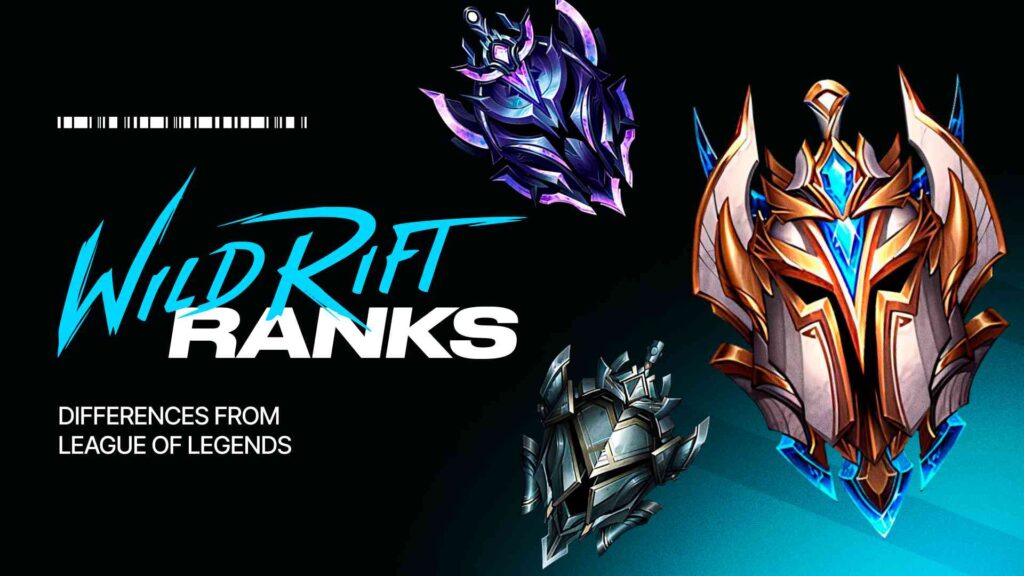This exciting new game brings the beloved MOBA gameplay to mobile and consoles, with thrilling changes to make it perfect for these platforms. Get ready to experience the thrill of strategy and competition with Wild Rift, a game that captures the same excitement as League of Legends.
The game has been designed to cater to a diverse player base and offers shorter yet dynamic matches. The ranking and progression systems have been revamped to ensure everyone can enjoy the game and quickly climb up the ranks. Here are some exciting differences in the ranking systems between Wild Rift and League of Legends that you’ll love to explore.
Contents
- 1 Highlights
- 2 Understanding Wild Rift’s Rank System
- 3 Rank Tiers
- 4 Rank Divisions
- 5 Ranks in Wild Rift
- 6 Key Differences Between Wild Rift and LoL Rankings
- 7 Victory Points System in Wild Rift
- 8 How does the rank system in Wild Rift work?
- 9 What are the main differences between Wild Rift’s and League of Legends’ rank systems?
- 10 Can you explain the Victory Points system in Wild Rift?
Highlights
- Explaining the differences between Wild Rift and League of Legends games.
- All you need to know about Rank Tiers and Divisions
- Explanation of Victory Points System
- Season 13 release date
Understanding Wild Rift’s Rank System
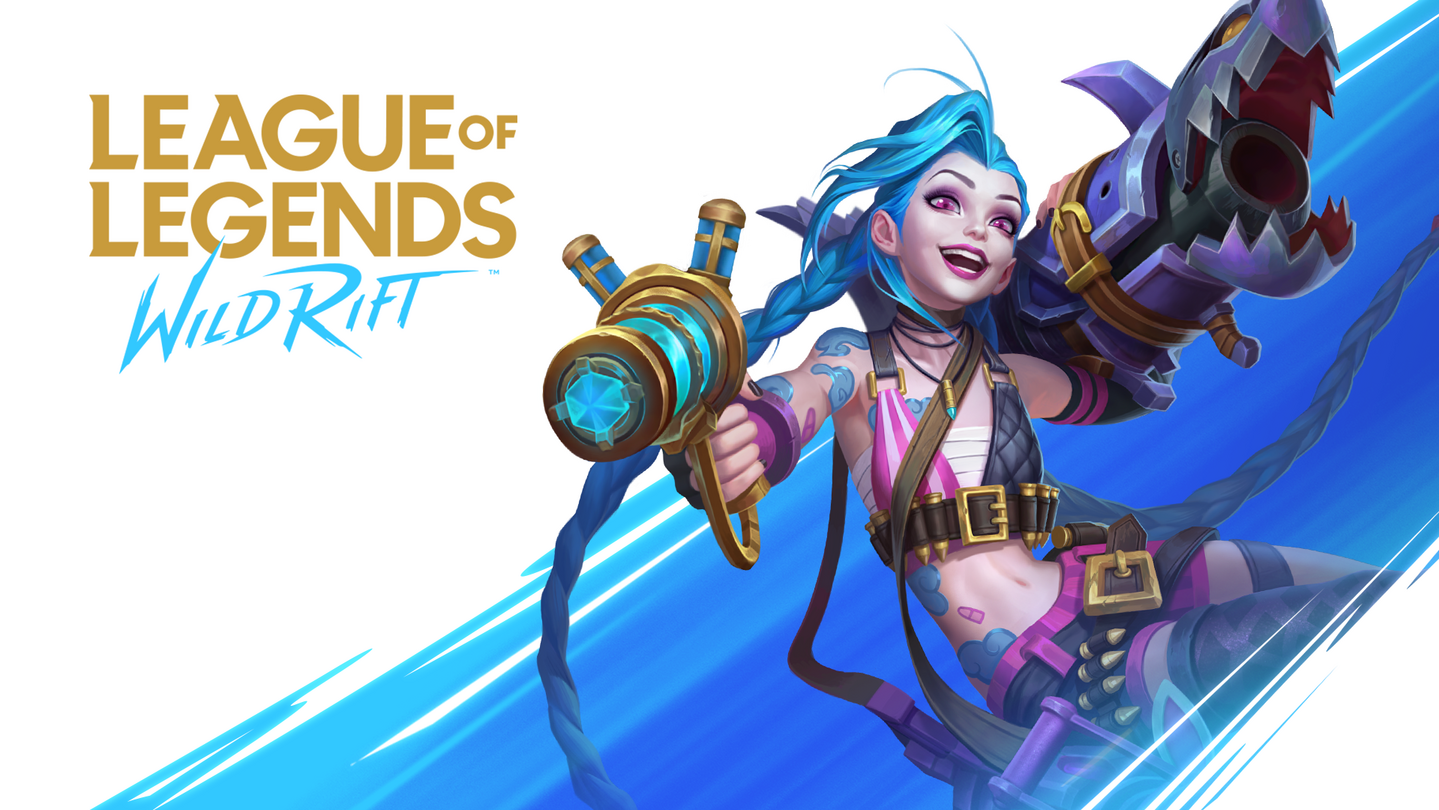
Rank Tiers
Wild Rift uses a tiered system similar to the original League of Legends, with several ranks each player can achieve, starting from the lowest to the highest: Iron, Bronze, Silver, Gold, Platinum, Diamond, Emerald, Master, Grandmaster, and Challenger.
Rank Divisions
Within each tier, from Iron to Diamond, there are four divisions, with Division IV being the lowest and Division I being the highest. Emerald tier and above do not have divisions and focus on accumulating points to progress.
Ranks in Wild Rift
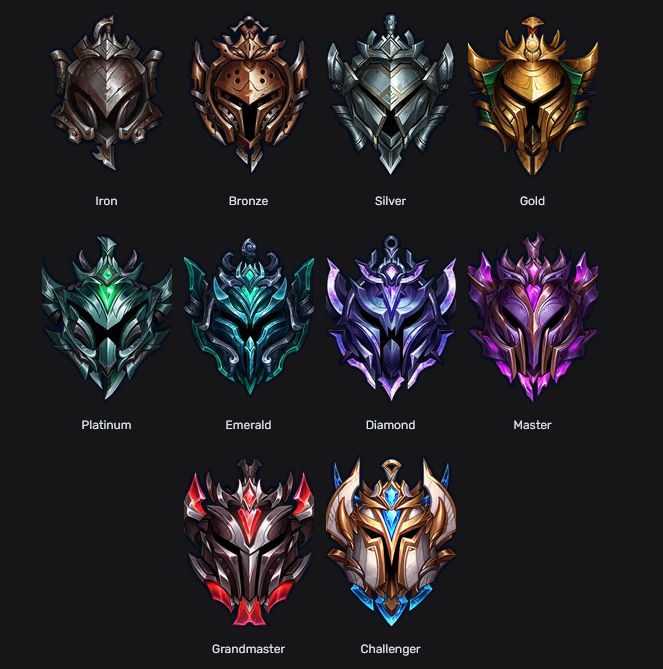
Wild Rift Ranks
To begin competing in the game, new players used to complete Placement Matches that determined their initial rank on the ladder. Recently, Riot Games has decided to eliminate the Promotion Series from the mobile game, which allowed players to advance to higher ranks after achieving the required number of points.
To advance to a higher tier or Division, players must win a series of matches once they reach the maximum points for their current Division. For example, a player must win a best-of-five series to move from Silver I to Gold IV.
Required number of marks to rank up within the tier:

Wild Rift Ranked Marks
- Iron ‘ 2 Marks
- Bronze ‘ 3 Marks
- Silver ‘ 3 Marks
- Gold ‘ 4 Marks
- Platinum ‘ 4 Marks
- Emerald ‘ 5 Marks
It’s important to mention that aside from earning Ranked Marks, you can also gain Ranked Fortitude from Iron to Emerald by playing well. When you gather enough Fortitude during a match, you receive a Hex Shield, which stops you from losing a mark. Instead of forfeiting a Ranked Mark, you lose half of your Fortitude points. The quantity of Fortitude you earn depends on whether you win the game and your accomplishments. However, you may lose Fortitude if you present negative behavior during the match.
Ranked Fortitude cap for each rank:

Wild Rift Ranked Fortitude
- Iron ‘ 200
- Bronze ‘ 300
- Silver ‘ 400
- Gold ‘ 600
- Platinum ‘ 800
- Emerald ‘ 1000
Once players reach a new Division, they are partially protected from immediate demotion. However, they can still be demoted if they continue to lose games. The Master tier requires players to maintain their rank through consistent performance and earn points to remain in that tier.
The game’s new Season 13 began on April 12, 2024, at 03:00 UTC. The Legendary Queue will be released on April 25, 2024, at 04:00 UTC, giving players time to become eligible.
Players can showcase their skills and achievements through their profile and loading screens by participating in Ranked matches. These features are automatically activated and cannot be customized by the player, leaving them free to focus on climbing the ranks.

Wild Rift End Season Rewards
Have you seen the new Glorious Crown Braum skin of this season? It looks amazing!
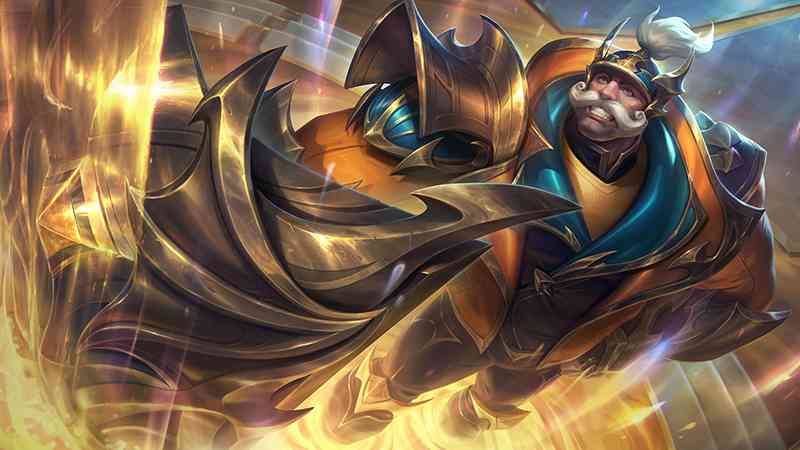
Key Differences Between Wild Rift and LoL Rankings
Wild Rift now has ten ranks, with the newest tier being Emerald. It was created to bridge the gap between Diamond and Master, which typically has a significant difference in skill. The lowest to highest ranks are Iron, Bronze, Silver, Gold, Platinum, Diamond, Emerald, Master, Grandmaster, and Challenger.
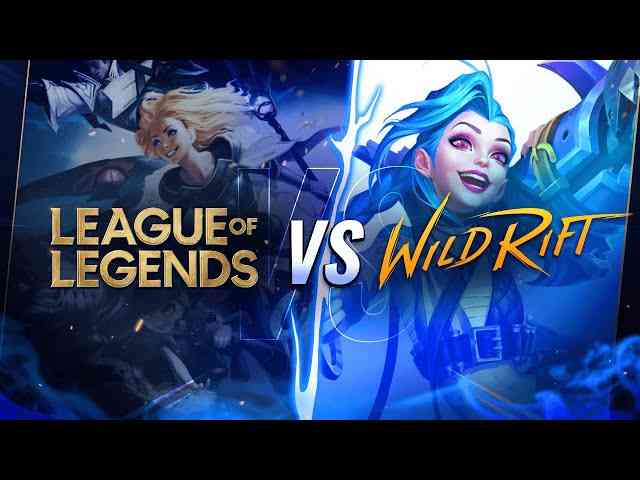
In League of Legends, the progression from Diamond to Master does not include the Emerald tier. The game’s ranked tiers are Iron, Bronze, Silver, Gold, Platinum, Diamond, Master, Grandmaster, and Challenger.
Victory Points System in Wild Rift
Once Diamond rank is achieved, players will observe that Victory Points replace the mark system. These points are crucial in securing a spot on the leaderboard and advancing to a higher division in the Diamond rank. The Victory Points system differs from the regular marks in that they can be earned even if a game is lost, meaning players can earn VP for both wins and losses.

Players who perform well in-game can earn positive points regardless of whether they win, emphasizing individual skill and separating skilled from unskilled players. This system also allows top-tier players to compete against each other for the highest ranking.
How does the rank system in Wild Rift work?
The ranking system in Wild Rift is divided into tiers, each with divisions, which is similar to other competitive games.
What are the main differences between Wild Rift’s and League of Legends’ rank systems?
League of Legends Rank Differences show only in the Emerald tier, which doesn’t exist in LoL but persists in Wild Rift.
Can you explain the Victory Points system in Wild Rift?
At the highest levels of play, players in the Master, Grandmaster, and Challenger tiers earn Victory Points (VP) to rank up within their tier. Climbing the competitive leaderboards is directly tied to a player’s VP total, which reflects their skill and consistency. Division advancement doesn’t factor in for these elite players.


